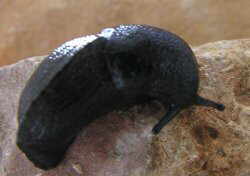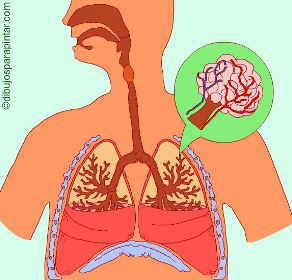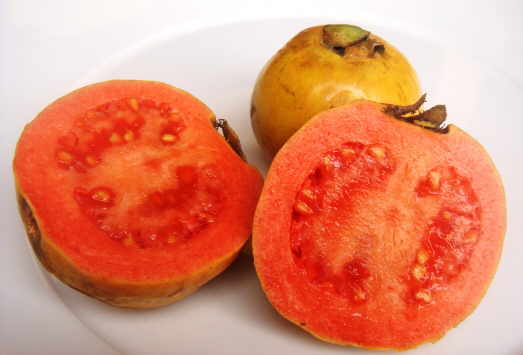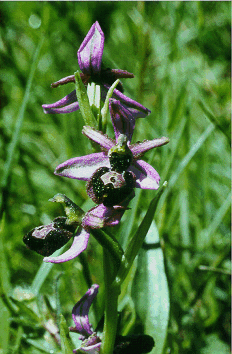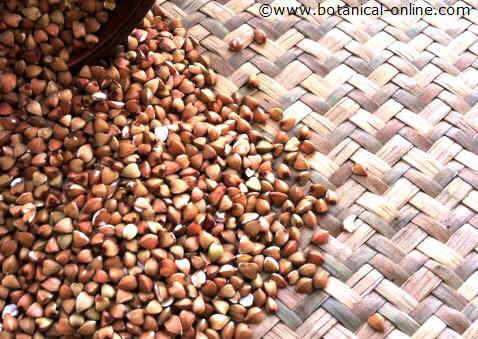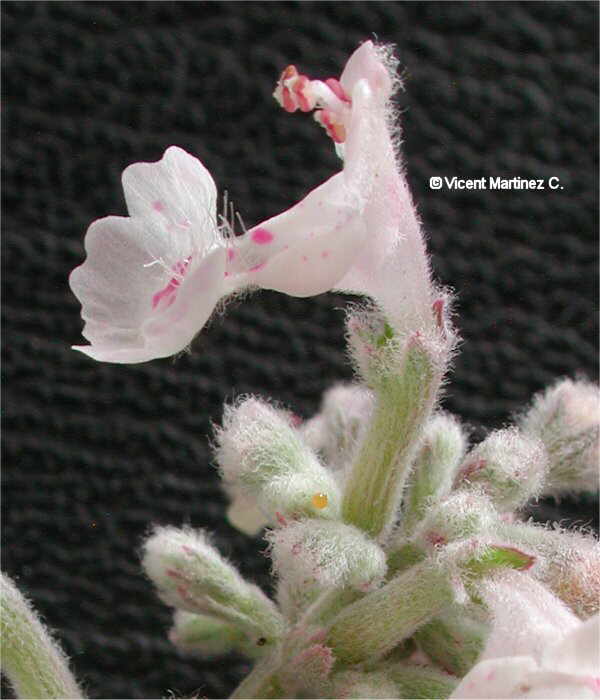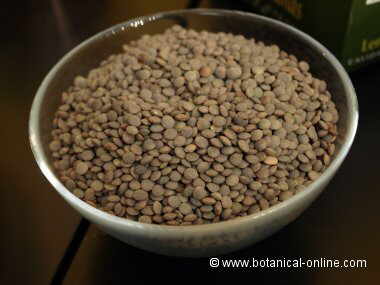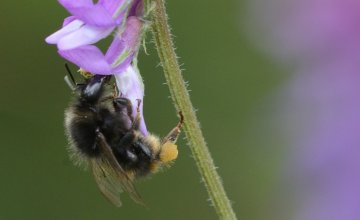Contents
Examples of weeds that usually grow in crop fields
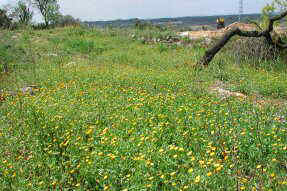
In this chapter, we are going to study weeds from a production point of view. Thus, we will consider “weeds” to those unwanted grasses that grow between crops.
In a broader sense, in addition to purely herbaceous plants, bushes are also included here, which are those types of plants that have woody stems at their base and are less than one meter high.
What damage do weeds cause to crops?
Weeds affect crops by reducing the development and production of them. Weeds are harmful to agriculture, horticulture or gardening because they compete with specifically cultivated plants, taking away from them those principles that are necessary for them to develop properly.
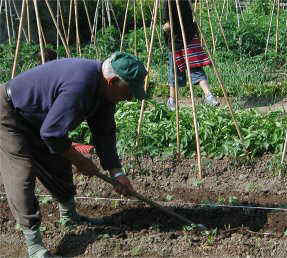
The competition between unwanted herbs and cultivated plants is fundamentally centered on a continuous struggle to own one of the following resources:
- Water: water is necessary to dissolve minerals and to be able to absorb them through their roots, so that they are transported to the leaves where photosynthesis will take place. Likewise, once this process has been carried out, the prepared nutrients should be distributed throughout the entire plant, so that it can be properly nourished. Without adequate water, the metabolism of the plant stops or slows down and the affected species does not grow properly or does not produce the desired fruits.
- Nutrients: Plants need adequate nutrients in the proportion required to grow in good conditions. All nutrients are necessary, so the plants should be fertilized regularly so that they do not present deficiencies. Thus, for example, in the case of a lack of nitrogen, leaves yellowing and their subsequent fall occurs. The plant has a minor development and few leaves. To enrich the soil with nitrogen, farmers pour organic fertilizers on it, such as manure, nitrates or nitrogen fertilizers. However, weeds have a great capacity

Snails and slugs are two of the main pests that can hide among weeds to consume these intakes.
- Light: Light is necessary for photosynthesis. Without adequate light, as with water, photosynthesis slows down or even stops. Lack of light, especially in creeping or small plants covered by weeds, can cause abnormal growth that generally manifests itself in the appearance of plants that have excessively elongated, whitish and loose stems and with non-existent or stunted production.
- Pests and diseases: Many insects, bacteria or fungi can develop on the weeds that later settle on the crops. If the weeds are not eliminated, the phytosanitary treatment of the plants affected by pests or diseases will not be effective because, in the long or short, the crops will again be invaded by individuals that were staying in the weeds.
- Tillage difficulty: In order to properly care for crops, they should be well cleaned. Weeds also make it difficult to collect the fruits and hinder the passage of water through the irrigation channels.
Types of weeds
There are several classes of weeds:
- Annual weeds: They are those that only grow one season. Among these we would have plants as common as poppies or quenopodia. They are plants that grow quickly and have a very short duration. Most are born, grow and bloom during spring and summer and produce their fruit in late summer or fall. In this way, they can disperse their seeds before the fruits of the plantations where they grow can be collected. In this way they ensure their continuity for next year.
- Biennial herbs: They are those that last a couple of seasons. The first season is when growth occurs. In the second season the flowers and fruits appear.
- Perennial weeds: They are those that grow for several seasons. All of them present a series of resources that allow them to survive very easily for years.
How to get rid of weeds?
The most widely used traditional method to combat weeds is manual weeding, which consists of using hand tools, like hoes or scaffolding, to remove weeds from the soil.
It is a very valid method, perfectly used and necessary in small gardens, terraces, orchards or agricultural productions.
Another method used in this type of production can be padding or the use of herbicides, although the latter is not so convenient since it is more suitable and possible to use the former.
In larger productions manual weeding is practically impossible. In this case, a mechanical weeding should be used, using motorized machinery and specific tools, or chemical weeding, using herbicides.
![]() More information on weeds
More information on weeds

